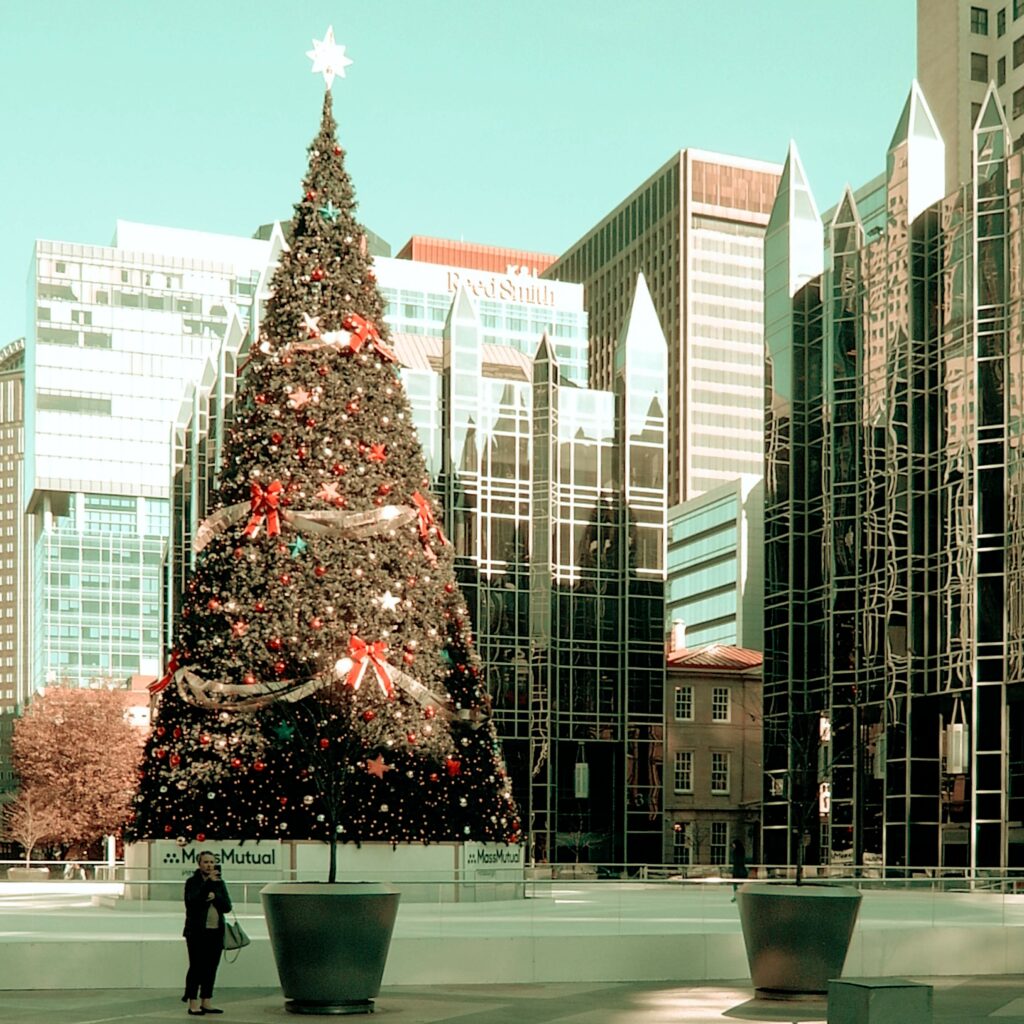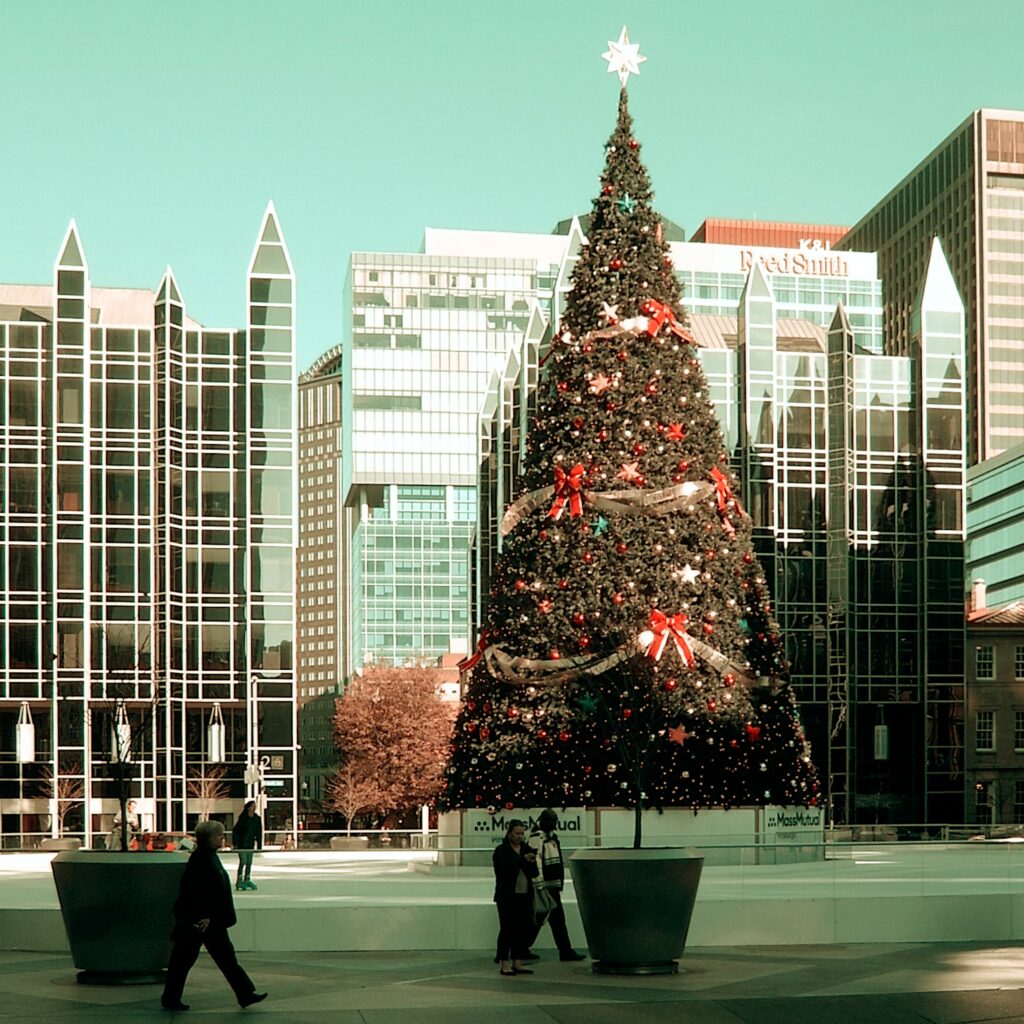
Market Street between First Avenue and the Boulevard of the Allies probably looks very similar to the way it looked in the later 1800s. In fact it probably looks very similar to the way most of the streets downtown looked before skyscrapers began to mushroom all over. But the eastern side of Market Street is scheduled for demolition, and although old Pa Pitt has not bothered to research what is replacing those low buildings, he would make an educated guess that it will be a high-rise full of luxury condominium apartments.

111 Market Street, a tall building in the days before elevators.

Condemned: a whole block of human-sized buildings on the east side of Market.

The Lowman Shields Rubber Building on First Avenue seems to be scheduled for demolition at the same time as the buildings on Market Street. This fine Romanesque commercial building deserves to be kept, but the city is prosperous now, and prosperity is the enemy of preservation.













